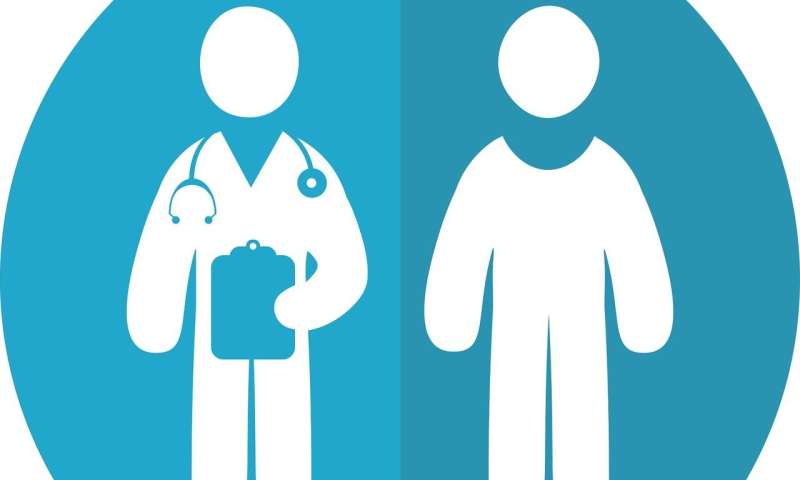Although inclusion is increasing, certain populations are still under-represented in cancer clinical trials

In a study examining disparities and trends in the inclusion of minorities, women, and older patients in cancer clinical trials, investigators found that certain populations remain under-represented. However, for some, including Black and Hispanic patients, participation has increased in recent years. The findings are published online in Cancer, a peer-reviewed journal of the American Cancer Society.
By including people from diverse backgrounds, clinical trials can show if treatments are safe and effective for people with different characteristics. The National Cancer Institute (NCI) has established multiple initiatives to encourage such diversity in the clinical trials it funds.
Juan F. Javier-DesLoges, MD, MS, of UC San Diego Health, and his colleagues analyzed the NCI Clinical Data Update System, a database that contains information about participants in NCI-sponsored clinical trials, to assess the representation of minorities, women, and older patients in 766 breast, colorectal, lung, and prostate cancer trials from 2000–2019.
The trials in the analysis included 242,720 participants: 197,320 Non-Hispanic White (81.3%), 21,190 Black (8.7%), 11,587 Hispanic (4.8%), and 6,880 Asian/Pacific Islander (2.8%) patients.
The researchers compared clinical trial participation from 2015–2019 to the proportion of cancer incidence rates from 2015–2017 for non-Hispanic whites versus minorities, elderly versus nonelderly patients, and female versus male patients.
In these comparisons of trial participation with cancer incidence rates, Black and Hispanic patients were more likely to participate in breast cancer clinical trials, but were under-represented in colorectal, lung, and prostate cancer trials; patients older than 65 years of age were under-represented in breast, colorectal, and lung cancer trials; and women were underrepresented in colorectal and lung cancer trials.
When the investigators compared the years 2000–2004 to 2015–2019, they found that Hispanic and Black patients were more likely to be included in breast, lung, and prostate cancer trials in recent years compared with the early 2000s. Women were less likely to be included in colorectal cancer trials in recent years, but more likely to participate in lung cancer trials. Trends in the inclusion of patients older than 65 years varied by cancer type.
"Our article indicates that the disparity for clinical enrollment in NCI clinical trials has narrowed for minorities, but further efforts are still needed," said Dr. Javier-DesLoges. Additional work is also necessary to address ongoing under-representation of women and older patients in clinical trials.
More information: Juan Javier‐DesLoges et al, Disparities and trends in the participation of minorities, women, and the elderly in breast, colorectal, lung, and prostate cancer clinical trials, Cancer (2021). DOI: 10.1002/cncr.33991




















